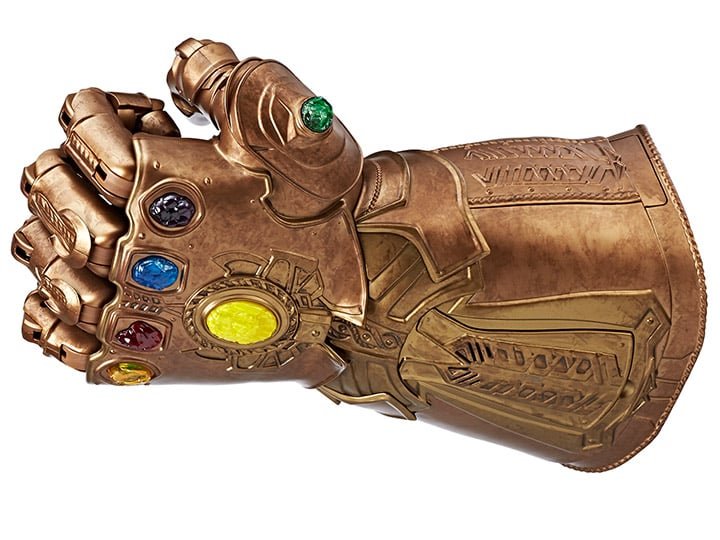Brand 3.0: The Great Brand Rebellion: Why Your Marketing Department Should Be Terrified
Relinquish [some] control—let’s get a little spicy.
Let it be known! In the hallowed halls of corporate America, a revolution is brewing. The carefully constructed walls of brand identity are crumbling, and the marketing overlords are losing their [perceived] iron grip on their company’s image. Welcome to a new age of decentralized brand identity, where chaos reigns supreme, and your meticulously crafted style guide can feel about as useful as a chocolate teapot. As a matter of fact, that last idea may be delicious—but I digress…
The Illusion of Control
Once upon a time, in a time far, far away (or perhaps just pre-internet), brand identity was a simpler affair. Marketing departments would descend from their ivory towers, bestowing upon the masses their vision of the brand. Lo and behold, it was good (or so they thought). They created logos, dictated color schemes, and prescribed the exact tone of voice to be used in all [controlled] communications. The brand was a fortress, impenetrable and unchanging.
But then, something scary happened. The internet. And not just any internet, but social media, e-commerce, mobile apps, and a whole host of digital platforms that sprouted like mushrooms after rain. Suddenly, the once seemingly docile consumers had voices. Worse still, they started using them.
The marketing departments watched in horror as their carefully constructed brand identities were torn apart and reassembled in ways they never intended. Memes were born, hashtags ran wild, and user-generated content became the new currency of authenticity.
The Big, Bad Idea: Decentralized Brand Identity
Courtesy of Thanos, the Infinity War version
Enter the concept of decentralized brand identity — the marketing equivalent of suggesting we should let toddlers run the daycare. This radical idea proposes that instead of clinging desperately to centralized control, brands should embrace the chaos connected to brand connection and love. It's like suggesting that instead of building a fortress to protect your precious brand, you should give everyone a brick and see what they build alongside what you’ve created.
Proponents of this madness argue that in today's fragmented digital landscape, a brand is not what a company says it is, but what consumers and the company collectively agree it to be. It's as if they're suggesting that the customers – you know, the people who actually buy stuff – should have a say in what the brand means to them. The audacity!
The Choice: Adapt or Die
So now, businesses face a harrowing choice: adapt to this new paradigm or risk fading into obscurity like a MySpace profile. Those who cling to the old ways of centralized brand control may find themselves about as relevant as a fax machine in a smartphone factory.
On the other hand, those foolish (read: brave) enough to embrace the concept of decentralized brand identity might just survive this brave new world. They have the opportunity to create brand presences that are actually engaging and authentic. Imagine that — a brand that people actually want to interact with, rather than ones they tolerate like a mildly annoying relative at Thanksgiving.
A "Brandarchist’s" Approach
Implementing a decentralized brand identity is akin to juggling flaming torches while riding a unicycle — exciting, potentially disastrous, but undeniably attention-grabbing. Here's how to join the circus:
Create a Core Identity (Then Watch It Evolve): Develop a clear brand identity, then sit back and watch as it mutates across platforms like a game of digital telephone.
Guidelines, Not Straightjackets: Instead of rigid rules, create guidelines that are more suggestion than law. In other words, don’t give someone directions to your house, then tell them you've moved.
Empower Your Team (What Could Go Wrong?): Train your employees to be brand ambassadors. It's like giving a toddler finger paints and a white wall – terrifying, but potentially brilliant.
Embrace User-Generated Content (Pay Attention and Pray for the Best): Encourage customers to create content about your brand. It's like inviting the internet to your house party – it could be amazing, or you could end up with a viral video you'd rather forget. Moderation will prove to be key.
Leverage Technology (But Don't Rely on It): Use AI and machine learning to monitor your brand across platforms. It's like having a very smart, slightly confused robot as your brand manager.
Foster Cultural Intelligence (Or Risk a PR Nightmare): Ensure your brand can adapt to different cultural contexts. Because nothing says "we care" like accidentally insulting an entire community who had love for you.
Continuous Learning and Adaptation (AKA Constant Panic): Regularly gather feedback on how your brand is perceived. It's like constantly asking, "Am I doing the right thing?" — terrifying, but necessary.
In conclusion, decentralized brand identity is not for the faint of heart. It requires letting go of some control, embracing uncertainty, and trusting in the collective creativity of your stakeholders. It's messy, it's unpredictable, and it might just give your CEO an ulcer. But in a world where consumers hold the power, it might also be your only hope of staying relevant. And, your CEO will trade an ulcer for positive results on the ledger sheet.
So, brave marketers, the choice is yours. Will you cling to your brand guidelines like a security blanket, or will you dive headfirst into the chaotic world of decentralized brand identity? Remember, in the wise words of a chaos theorist from a certain dinosaur movie, "Life, uh, finds a way." Your brand will too — whether you like it or not.




